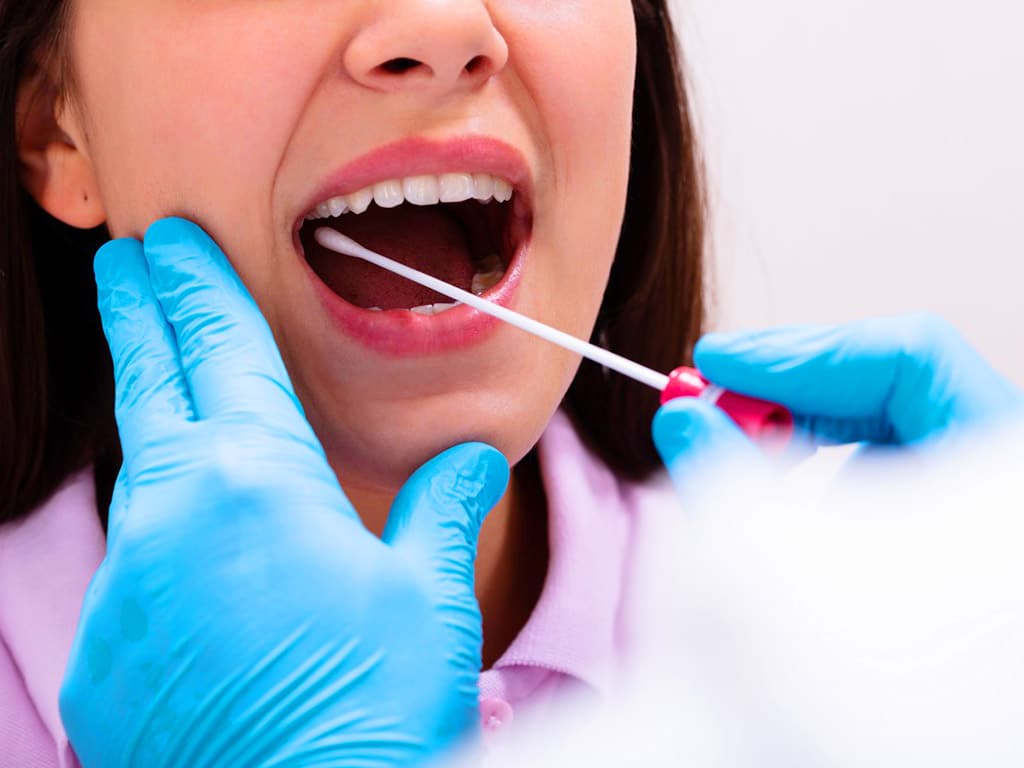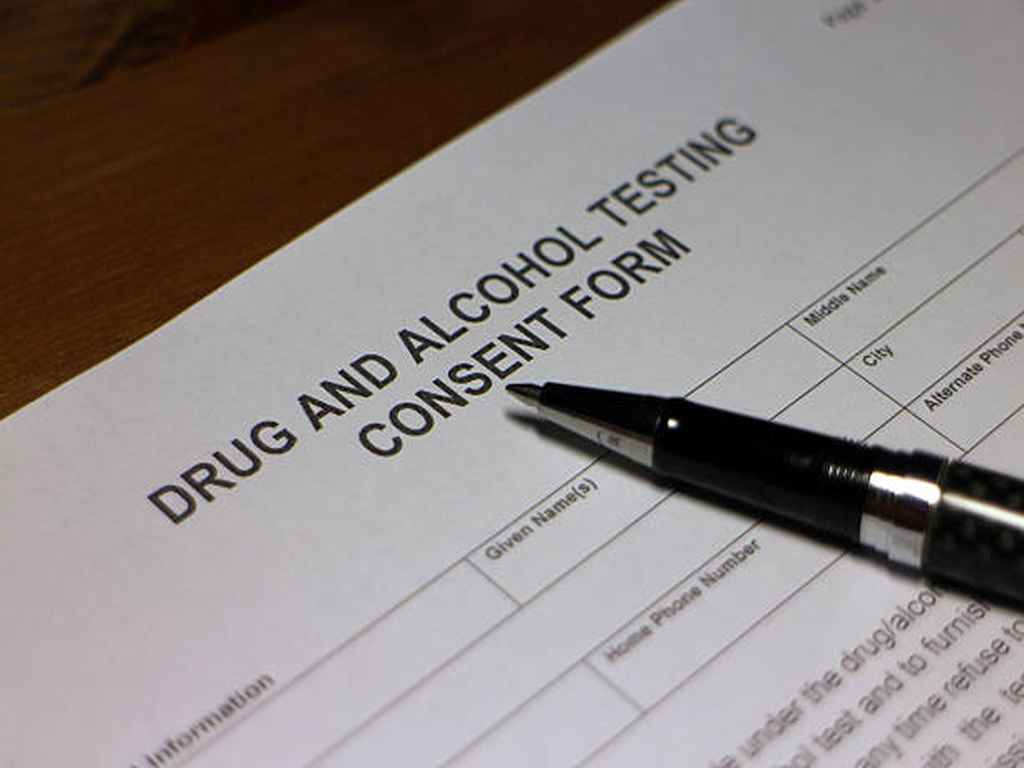Pre Employment Drug Test Alcohol: Overview & Testing Methods
24 April, 2024

A pre-employment drug and alcohol test is a process that business owners use to verify whether job candidates are free from substance abuse issues. It ensures that potential employees meet workplace safety and productivity standards. Accordingly, there are several methods for conducting pre-employment testing. It includes urine tests, oral fluid tests, blood tests, hair tests, and alcohol breath tests. The choice of method depends on various factors, including industry regulations and specific drug usage concerns.
The influence of drugs and alcohol abuse can have severe consequences in the workplace. It increases safety risks, decreases productivity, and affects health. Hence, many companies implement drug and alcohol testing policies. Typically, employers conduct random testing and blanket testing on current employees. However, they can also conduct pre-employment testing for prospective employees. This article will present an overview of alcohol and drug testing for pre-employment, the testing methods, and how to implement it.
Overview of Pre-Employment Drug and Alcohol Test
A pre-employment drug and alcohol test is a tool that employers utilise to determine if job candidates have substance abuse issues before joining the organisation. It is a practice across various sectors to ensure that new hires can perform their duties safely and effectively. It is common in the building industry, aviation industry organisations, heavy machinery operators, and commercial drivers.
The testing process for pre-employment typically follows a structured approach. Initially, the candidates receive information about the testing requirements. The individual must give written consent to undergo the test. Accordingly, an appointment is set for the test. It can be a laboratory testing, or employers can use alcohol and drug test kits. Employers often have facilities that they use for this purpose.
At the testing centre, a qualified collector will conduct sample collection. Subsequently, the bodily specimens undergo a series of tests to detect the presence of substances. Professionals can use immunoassay technology for initial screening and Gas Chromatography-Mass Spectrometry (GC-MS) for confirmatory testing. After the analysis, they report the results to the employer.
Benefits of Pre-Employment Testing
- Enhances a Safe Workplace: The testing helps identify candidates who might pose a risk due to substance impairment. Thus, it reduces the likelihood of accidents.
- Improves Productivity: Companies can build a workforce more likely to maintain peak performance by screening candidates early.
- Reduces Healthcare Costs: The testing can lower medical expenses by filtering out individuals with substance abuse problems.
- Maintains Company Reputation: Companies recognised for their commitment to an alcohol and drug-free workplace are often viewed more favourably by customers and clients.
- Ensures Compliance with Relevant Standards: The testing helps companies comply with regulations. They can avoid legal penalties.

Methods for Pre-Employment Drug and Alcohol Tests
Several methods exist for pre-employment drug and alcohol tests. Urine testing stands as the most common method. It is non-invasive and can detect a wide range of substances. Employers favour it for its cost-effectiveness. Accordingly, saliva testing offers a simple and quick way to check substance use. Its main advantage lies in its ability to detect very recent substance usage.
Subsequently, blood drug and alcohol testing provides a highly accurate method for detecting substances. It delivers precise measurements of the concentration of substances. However, it is less common due to its invasiveness. In addition, hair follicle testing allows for the detection of substances over a more extended period. Nevertheless, it is also not common due to its high cost.
Breath testing is primarily used to measure alcohol consumption. The individual blows into a breathalyser device, which measures the Blood Alcohol Concentration (BAC) in their breath. It is widely used due to its immediate results and ability to assess current impairment. Overall, each of these testing methods provides employers with crucial information about the substance use of candidates.
What Can be Detected?
Foremost, the testing can detect illicit drugs. These are illegal substances that can affect the health and performance of a person at work. The tests can identify various illegal drugs like cocaine, heroin, cannabis, methamphetamine, and ecstasy.
Also, the test can monitor prescription drugs. While legal, some prescription medications can impair the ability of a person to perform specific tasks safely. The test can spot misuse of prescription medications, such as dexamphetamine, Valium, Xanax, oxycodone, and morphine. Additionally, alcohol testing primarily focuses on detecting ethanol. It is an ingredient found in drinks like beer, wine, and spirits.

How to Implement Pre-Employment Drug and Alcohol Tests
Implementing pre-employment drug and alcohol tests requires a systematic approach. Employers start by creating a clear alcohol and drug testing policy. It should outline the purpose of the test, the types of tests, and the consequences. Accordingly, employers should look for laboratories (or testing companies) or testing kits that are certified, validated, and have a record of accuracy and reliability.
Furthermore, companies notify job candidates about the testing requirement early in the hiring process. Providing this information upfront respects the right of the applicant to make decisions. Before testing, employers obtain written consent from applicants to conduct the test. The testing typically occurs after a job offer has been made but before the employment begins, contingent upon passing the test.
Employers often confirm results through additional testing if a test comes back positive. The employer may rescind the job offer when an applicant fails a pre-employment test without a valid explanation. Employers handle these situations sensitively. Nevertheless, employers periodically review their testing policy to adapt to legal changes, emerging trends in substance use, and advances in testing technologies.
Legal Considerations
Employers must adhere to laws governing drug and alcohol testing. They must ensure their testing programs are in line with standards. Accordingly, the privacy rights of candidates are a critical aspect of the testing process. Employers must obtain written consent from potential employees before conducting tests.
Additionally, employers must apply their testing policies uniformly and fairly. It is to avoid allegations of discrimination. Employers must also clearly communicate their testing policies to all potential employees. Furthermore, employers should outline the consequences of violating the drug and alcohol policy. Depending on the policy, it may include the withdrawal of the job offer.
Conclusion
In summary, pre-employment drug and alcohol tests are an essential aspect of the hiring process for many companies. It is a procedure that employers use to determine if potential employees have substance abuse issues. It is a common practice in safety-sensitive industries like building and aviation industries. Accordingly, pre-employment testing boosts numerous benefits. It enhances workplace safety, improves productivity, reduces healthcare costs, maintains the reputation of the company, and ensures compliance with regulations.
Furthermore, several testing methods exist. It includes urine testing, saliva testing, blood testing, hair testing, and breath alcohol testing. They can detect substances like heroin, ecstasy, cannabis, Valium, oxycodone, morphine, and ethanol. Moreover, implementing pre-employment testing requires a systematic approach. It involves creating a clear testing policy, looking for certified testing laboratories or kits, notifying job candidates, obtaining consent, conducting the tests, and handling positive results. It also ponders legal considerations.






























